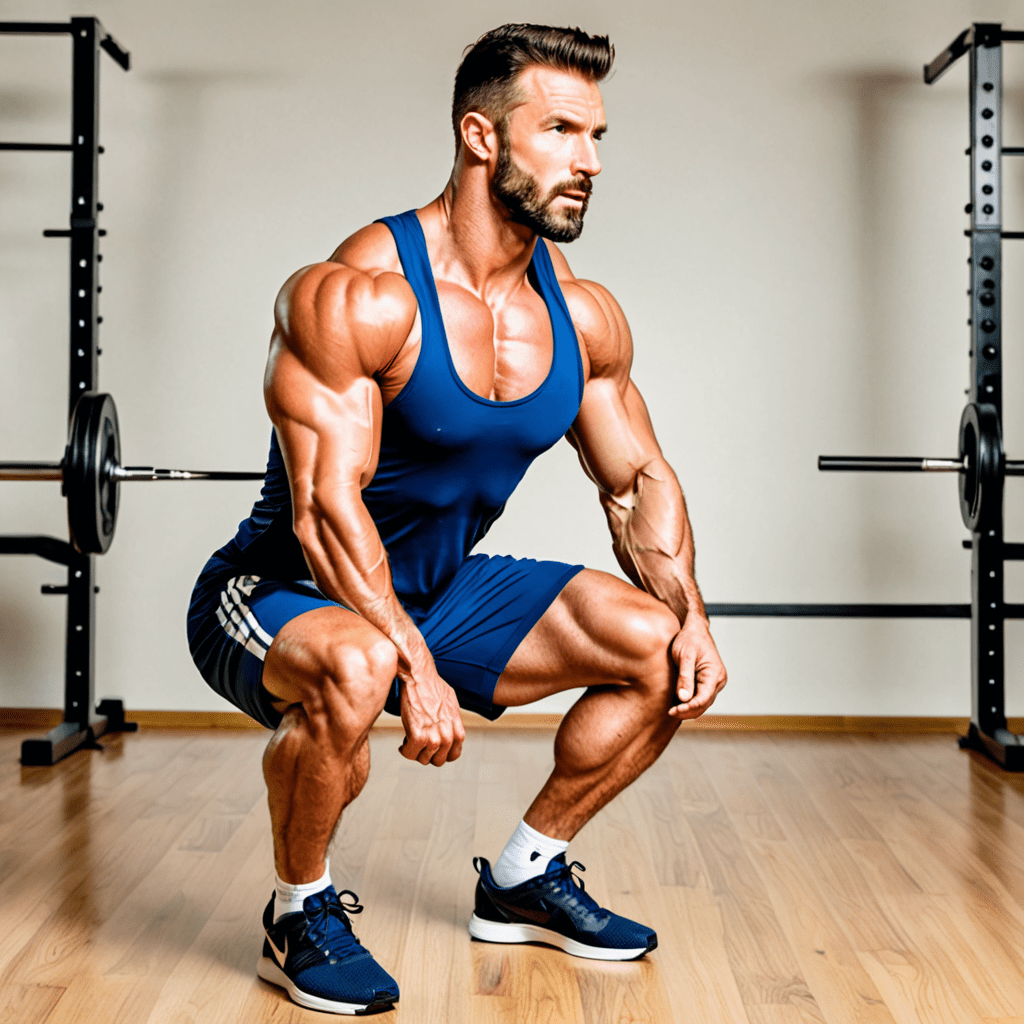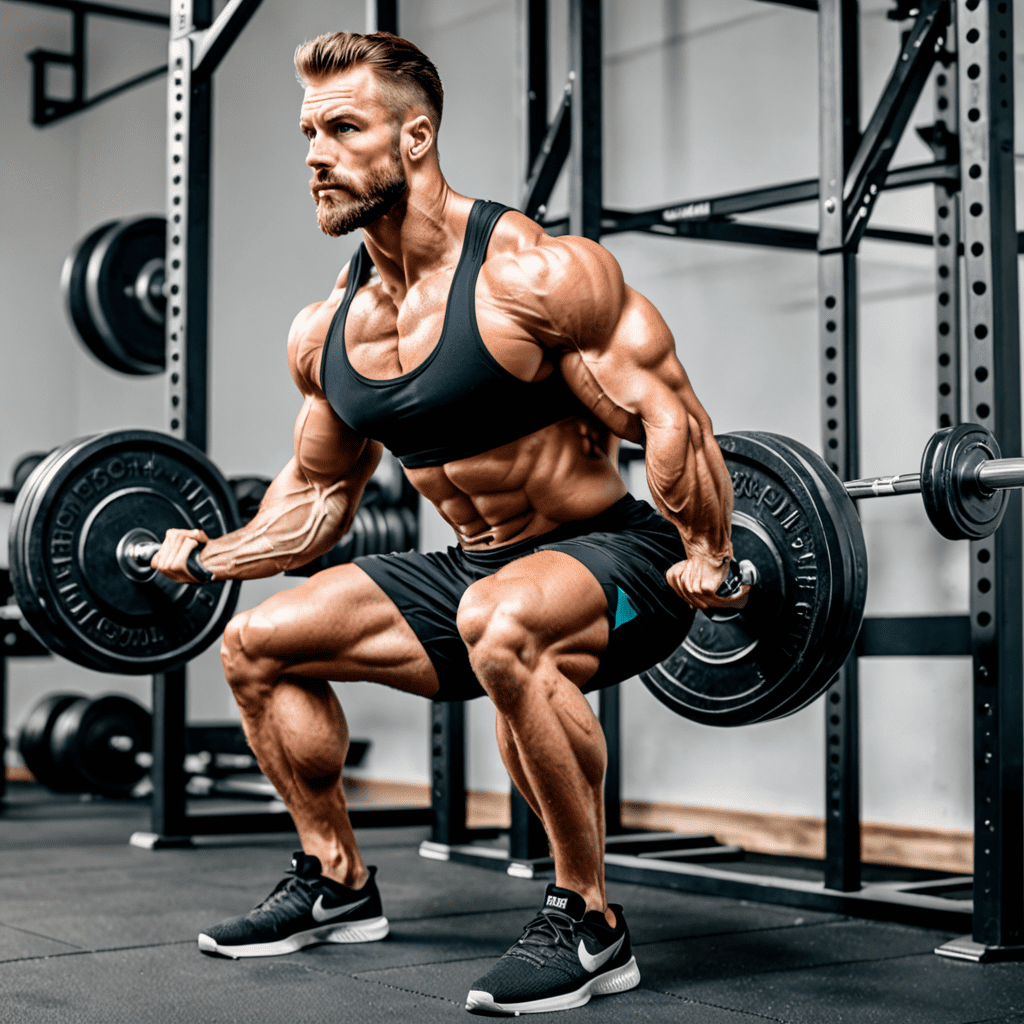
Safeguard Your Squats: Tips to Prevent Knee Pain and Boost Performance
For many fitness enthusiasts, squats are a fundamental exercise for building strength and muscle. However, knee pain can often become a hurdle that prevents individuals from fully benefiting from squats. If you find yourself asking, “How do I stop my knees from hurting when I squat?”, you have come to the right place. In this article, we will discuss some essential tips to help you overcome knee pain and achieve optimal performance during your squatting routine.
1. Warm Up Properly
Before diving into your squatting session, it’s crucial to warm up your muscles and joints. Start with a few minutes of light cardio to increase blood flow, and then perform dynamic stretches specifically targeting your lower body. This will help activate the muscles surrounding your knees and prepare them for the upcoming exercise.
2. Focus on Form and Technique
Improper form and technique during squats can put unnecessary stress on your knees and result in pain and discomfort. To protect your knees, ensure that your feet are positioned shoulder-width apart with toes slightly pointing outward. As you squat, distribute the weight evenly on your heels, keeping your knees in line with your toes. Engage your core and maintain a straight back throughout the movement.
3. Gradually Increase Weight and Intensity
Avoid rushing into heavy weights or intense squatting routines if you are experiencing knee pain. Instead, start with lighter weights and gradually increase the load as your knees adapt and strengthen. This progressive approach will minimize the risk of injury and allow your knees to develop the necessary stability and support.
4. Incorporate Strengthening Exercises
Weak muscles around the knee joint can contribute to knee pain during squats. Including exercises that target these muscles in your workout routine can help prevent knee discomfort. Some beneficial exercises include leg presses, step-ups, hamstring curls, and calf raises. Strengthening your quadriceps, hamstrings, and calves will provide additional support to your knees while squatting.
5. Take Breaks and Listen to Your Body
Pushing through knee pain during squats can exacerbate the problem and lead to further injuries. It’s essential to listen to your body and take breaks when necessary. If you experience persistent knee pain, consider reducing the intensity or frequency of your squat workouts. Rest and recovery are crucial for allowing your knees to rehabilitate and come back stronger.
6. Seek Professional Guidance
If despite your efforts, knee pain during squats persists or worsens, it may be beneficial to seek professional guidance. Consulting with a certified personal trainer or a physical therapist can help identify any underlying issues or imbalances that may be causing the discomfort. They can provide personalized advice and exercises to address your specific needs and goals.
FAQ
Q: Is it normal to feel some discomfort in my knees when squatting?
A: It is not uncommon to feel a mild discomfort or muscle fatigue when performing squats. However, sharp or persistent pain in the knees is not normal and should be addressed to prevent further injury.
Q: Should I stop squatting if my knees hurt?
A: It is advisable to take a break from squatting or modify your technique and intensity if you are experiencing knee pain. Pushing through the pain can aggravate the problem and lead to more significant issues.
Q: Can squatting with improper form cause knee pain?
A: Yes, incorrect form during squats can put excessive strain on the knees, resulting in pain and discomfort. It is crucial to maintain proper alignment and technique to protect your knees.
Q: Are there any alternatives to squats if I continue to experience knee pain?
A: If squats continue to cause knee discomfort, you can try alternatives such as lunges, step-ups, or leg presses. These exercises work similar muscle groups but may put less stress on the knees.
Remember, your knees play a vital role in your squatting routine, and addressing any pain or discomfort is crucial for long-term progress. By following these tips and listening to your body, you can minimize knee pain and maximize the benefits of your squat workouts. Stay consistent, stay patient, and keep pushing towards your fitness goals!

